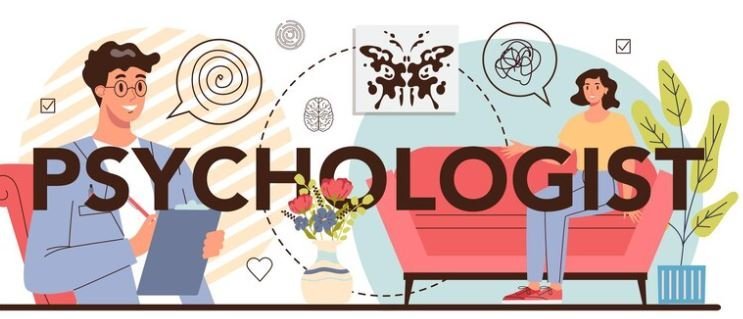Implicit Personality Theory is a very big word, but it means our expectations of people are generalizations that act like we see this in them. Which is a theory on how we project notions of the personality others have when they expect us, though in reality only know little about them. Suppose you meet someone new. Perhaps they smile and are very nice to you.
The smile makes your initial assumption be ‘This person is friendly and nice’, even before you know them a little more. That is just how Implicit Personality Theory sounds to me — like our brain has a secret method that it uses to immediately reach some judgements about others.
How Do Our Brains Use It to Make Quick Decisions?
The human brain works wonders, it can execute a lot of commands in fractions. Our brain just is on what kind of person are. It achieves this by utilizing previously known information. Specifically, if we have learned that a person who smiles is generally nice, now the brain will say to us: this new smiling guy must also be good.
This rapid guesswork is what lets us cerebrally get to know people better but it does not always yield correct responses. True, sometimes we can guess wrong but usually it’s a way that allows us to be social with one another.
Why Do We Make These Guesses?
We make them for the sake of seeing things more clearly. Imagine if we were expected to know all things about each new person that enters into our lives, it would be quite time-consuming and arduous. This is the reason why our brain takes shortcuts. Things we have learned before are used in these shortcuts.
We do this all the time: if someone has a gentle face, we assume that they must be kind-hearted. This does not mean that we are always correct, but it allows us to determine what is true much faster.
Perception’s Implied Layer
This hidden layer of perception is akin to some secret part of our mind that operates in the background. It is the place where we instantly judge others. Because we usually do not realise that this layer is doing the work. It is natural it just happens, like blinking or breathing. This middle layer has the benefit of all our experience (knowledge, memory and skills in our lives)to aid comprehension of unfamiliar circumstances.
It allows us to quickly determine how we should behave in the presence of another individual, even if we have very little information about them.
What Does This Mean for You?
In other words, understanding Implicit Personality Theory can help us be better friends and make good choices when we meet new people. Knowing that our brain jumps to conclusions can prepare us not to judge too quickly. Occasionally, we may find another to be unfriendly at first only to come and know they are quite nice.
We should remind ourselves, that we do not always have an exact guess from the beginning, and it is okay to figure out about others.
So Why Should We Bother to Get Our Guesses Right?
Sure, the rapid-fire inferences our brain makes can be useful — but they also get us into trouble. One might be presumed to be shy or rude simply because of their choice not to speak up, but we must remember that perhaps they are only caught in deep thought or maybe just too tired. Rushing into judgment can result in crossing paths with a potential new best friend for life. This is why we should remain open-minded and allow people the space to reveal their true selves.
First Impressions: Can We Change Them?
So it is possible to change our first impressions! While our brain quickly tries to fill in the gaps, we can further explore with an open mind and change things. If a judgment is that someone we encounter comes across as rude, only to learn later how they were going through a rough time and now view thing things differently. It is in second chances. This assists us in being impartial and merciful to individuals, which is surely significant.
Implicit Personality Theory In Friendships
This theory can be very useful in helping us make friends. All of us look at new people and make snap judgments, sometimes based purely on appearance or how they act once we meet them. However, relationships go beyond the initial impression. To have a best friend, we should know each other as a deep and real human being instead of the first thought.
Recognizing that we are going to make quick guesses, can allow us the time and space to remember this so that as adults, we might realise when it is important not just guess. let them fill in.
How Can We Be Better Friends?
We must remember that everyone is different and our first impressions are not always correct if we want to be better friends. Just sit back and listen, and be patient, they will show you exactly who the fuck they are from their mouth. Then, we have connections on a different level than just friends. In humanity and open hearts, we give us a chance to learn about others.
Conclusion
Old Friend/ Enemy Old Ideas Impression Formation Explains Implicit Personality Theory Our brain makes best guess; modules involved Perceptual Judgment This is how we understand others quickly Social Cognition theory of stages Ironic Process in Action Thought suppression comes back to bite us III. That extra layer of reality can be useful for understanding the world, but you should not forget that it is only a surface and thus first impressions are very often mistaken.
Learning to wait, keep an open mind and give people the benefit of the doubt would allow us to understand them more clearly for who they are as well establish stronger bonds; simply put – better choices. It serves as knowledge to be that much nicer of a person, which in turn makes us better people and neighbours.


